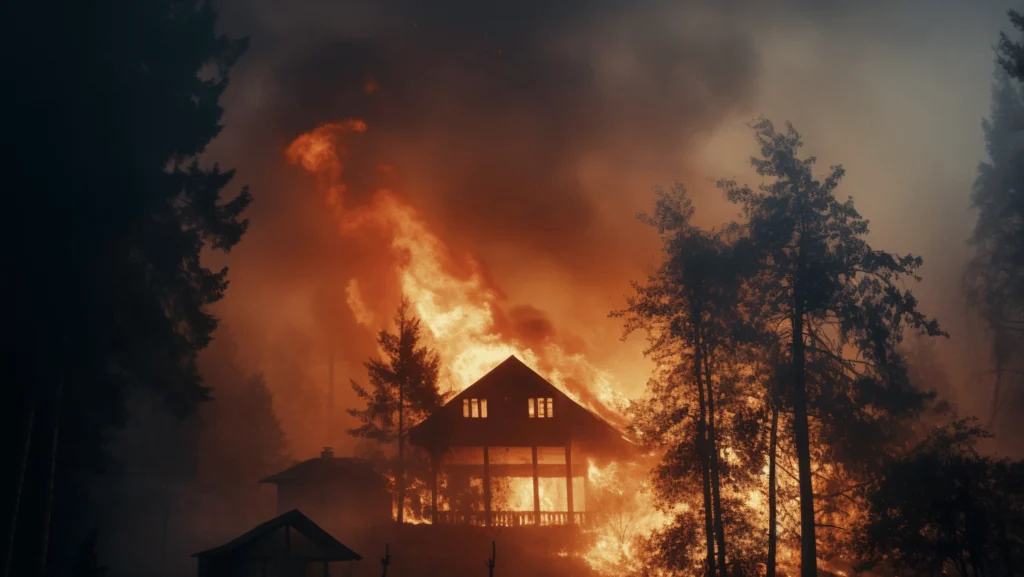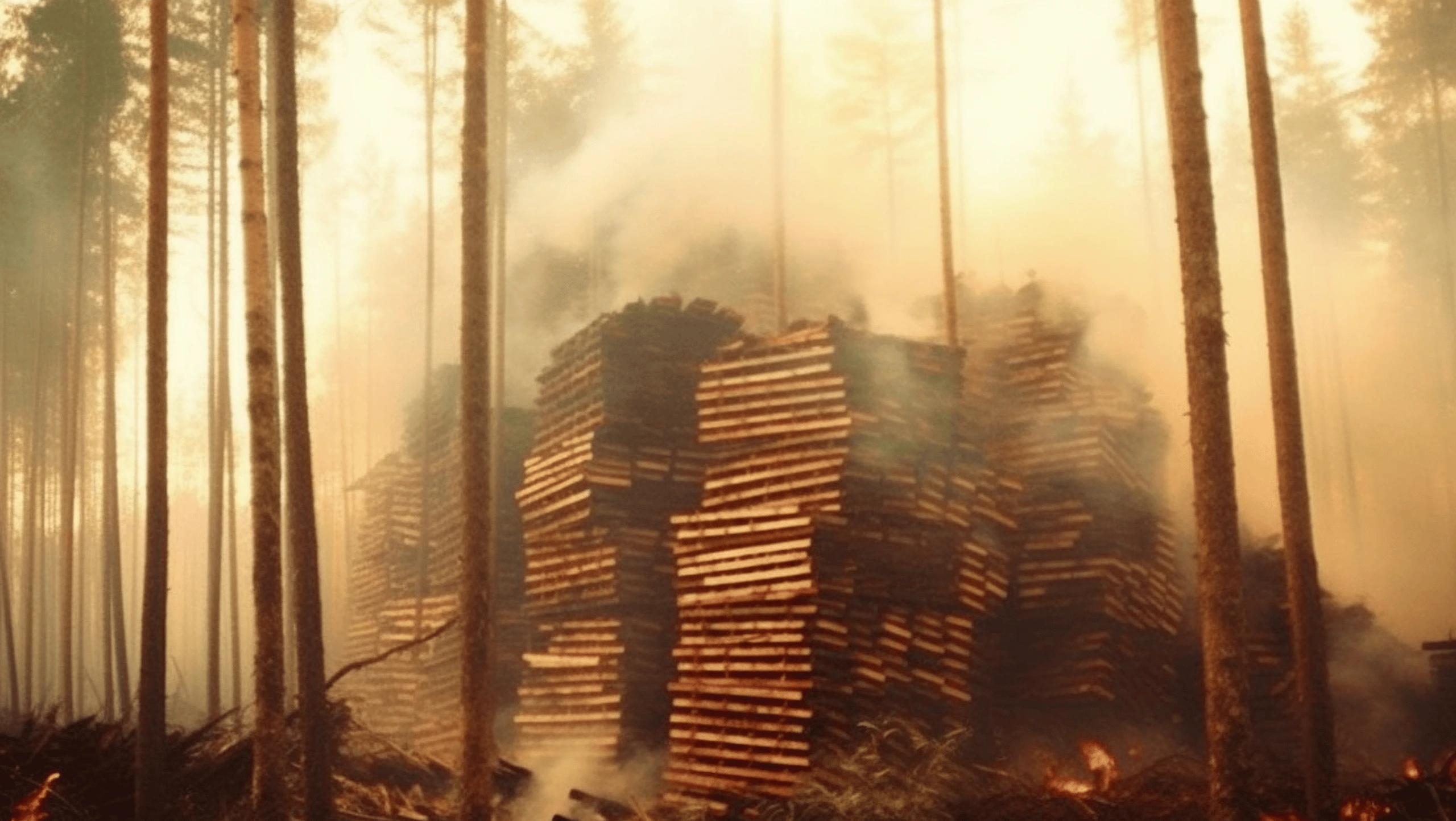California wildfires have become a recurring challenge for homeowners, destroying properties and displacing families. For those affected, navigating the financial aftermath requires careful planning and strategic decisions to manage rebuilding costs. This article outlines critical steps homeowners can take to mitigate financial burdens while restoring their properties.
Assessing the Scope of Damage
Before starting the rebuilding process, homeowners should conduct a thorough assessment of the damage. Hiring a licensed structural engineer or an experienced contractor can provide an accurate estimate of the repair and reconstruction costs. Detailed documentation, including photographs and written descriptions of the damage, will be essential for insurance claims.
Understanding Homeowners Insurance Coverage
Homeowners insurance typically covers damage caused by wildfires, but the extent of coverage varies by policy. Review your insurance policy carefully to understand what is included and excluded. Coverage for rebuilding costs, temporary living expenses, and debris removal are common provisions, but limits and deductibles apply. If your coverage is insufficient, explore supplemental insurance options or state-provided disaster assistance.
Navigating Insurance Claims
Filing an insurance claim promptly is critical after wildfire damage. Start by contacting your insurance provider and providing all necessary documentation. Keep a detailed record of all communications and expenses related to the claim. Patience and persistence are key, as processing times may be lengthy. If disputes arise, consider hiring a public adjuster or legal counsel specializing in insurance claims to advocate on your behalf.
Calculating Rebuilding Costs
Rebuilding after a wildfire can be significantly more expensive than expected due to labor shortages, increased demand for construction materials, and updated building codes. Obtain multiple estimates from reputable contractors and ensure that quotes are itemized to understand the cost breakdown. Factor in potential cost overruns and plan for contingencies.
Budgeting for Temporary Housing
Wildfire recovery often requires homeowners to relocate temporarily. Budget for temporary housing expenses, which may be covered by insurance under Additional Living Expenses (ALE) provisions. Keep receipts and track all costs, as insurers typically require detailed records for reimbursement.
Exploring Financial Assistance Programs
State and federal disaster relief programs offer financial assistance to wildfire victims. The Federal Emergency Management Agency (FEMA) provides grants for temporary housing, home repairs, and other critical needs. Additionally, the U.S. Small Business Administration (SBA) offers low-interest disaster loans to homeowners for rebuilding and repairing properties. Research local nonprofit organizations and community programs that provide financial aid and resources.
Prioritizing Safety and Compliance
Rebuilding in a wildfire-prone area requires adherence to modern fire safety standards. California’s building codes mandate fire-resistant materials and defensible space around properties. While these requirements may increase initial costs, they provide long-term protection and can reduce insurance premiums.
Evaluating Long-Term Financial Implications
The financial impact of wildfire recovery extends beyond immediate rebuilding costs. Higher insurance premiums, property value fluctuations, and potential future wildfire risks should be factored into long-term financial planning. Consider working with a certified financial planner to create a comprehensive recovery and risk management strategy.
Diversifying Insurance Coverage
In regions prone to wildfires, standard homeowners insurance may be insufficient. Consider additional policies, such as fire insurance or coverage through California’s FAIR Plan, which provides basic fire insurance for high-risk properties. Shop around and compare premiums to ensure adequate protection at a reasonable cost.
Strengthening Emergency Preparedness
Financial planning for wildfires should include proactive measures to mitigate future risks. Create an emergency fund dedicated to disaster recovery expenses, and maintain updated documentation of your home’s contents and structural features. Digital backups of important documents ensure accessibility in emergencies.
Leveraging Tax Relief Options
Homeowners affected by wildfires may qualify for tax relief under federal and state disaster provisions. The IRS often provides extensions for filing deadlines and tax deductions for uninsured property losses. Consult with a tax professional to maximize available benefits and minimize your tax liability.
Investing in Fire-Resistant Landscaping
Creating a defensible space around your property reduces wildfire risk and may lower insurance costs. Fire-resistant landscaping involves using non-combustible materials, spacing vegetation strategically, and maintaining a buffer zone free of flammable debris. These preventative measures offer both safety and financial benefits.
Planning for Future Wildfires
Wildfire recovery is an ongoing process, and planning for future incidents is crucial. Consider investing in smart home technology that monitors fire risks, installing sprinkler systems, and participating in community fire prevention programs. Building resilience into your home and finances prepares you for the uncertainties of living in wildfire-prone areas.
Rebuilding with Sustainability in Mind
Sustainable rebuilding practices can enhance energy efficiency and resilience. Incorporate solar panels, energy-efficient appliances, and sustainable materials into your reconstruction plans. Not only do these improvements reduce environmental impact, but they may also qualify for rebates and tax incentives.
Seeking Professional Guidance
Rebuilding after a wildfire involves complex financial and legal considerations. Consult with professionals, including contractors, financial advisors, insurance specialists, and attorneys, to make informed decisions. Comprehensive planning and expert advice can help streamline the recovery process and reduce long-term costs.
Conclusion
Recovering from California wildfires is a daunting financial challenge, but proactive planning and informed decisions can alleviate the burden. By understanding insurance coverage, leveraging financial assistance, and implementing safety measures, homeowners can rebuild stronger and more resilient homes while safeguarding their financial future.




